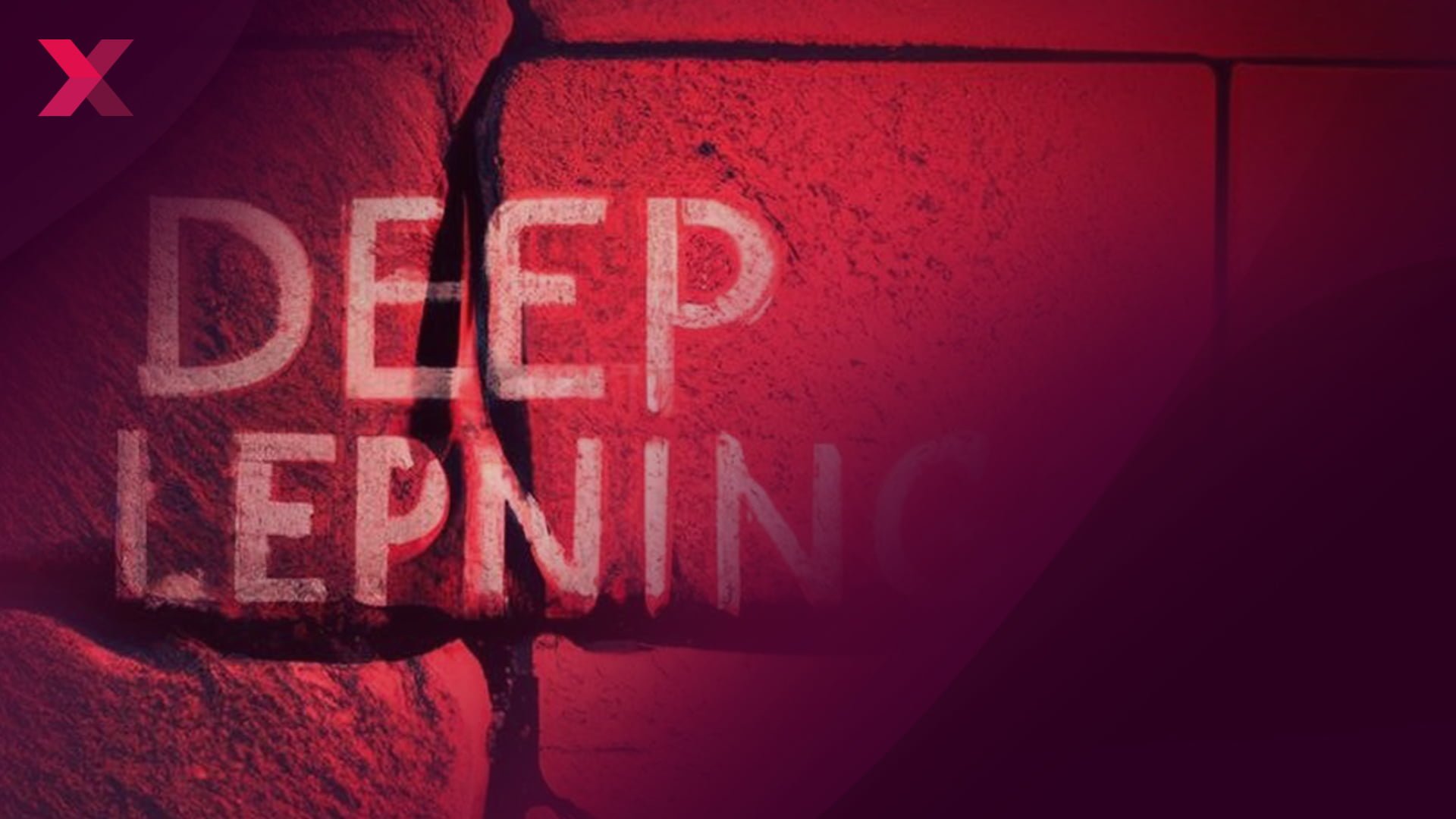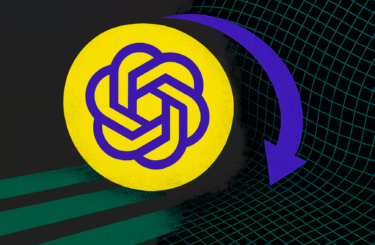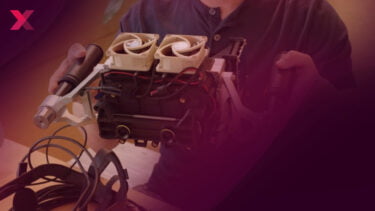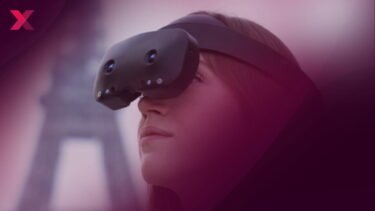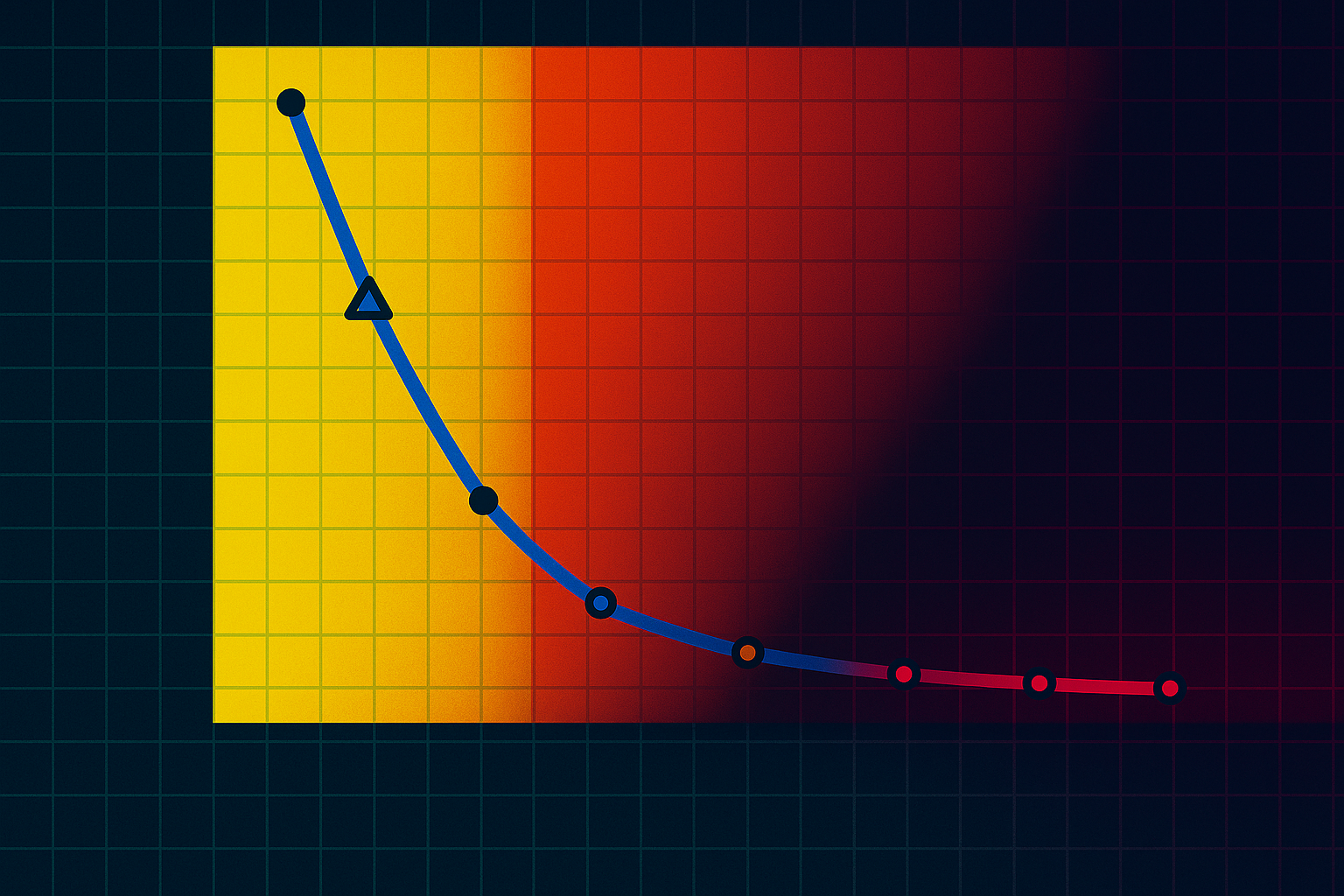A look back at the computer future: two new AI models this week have taken us one step further into the next human-computer paradigm.
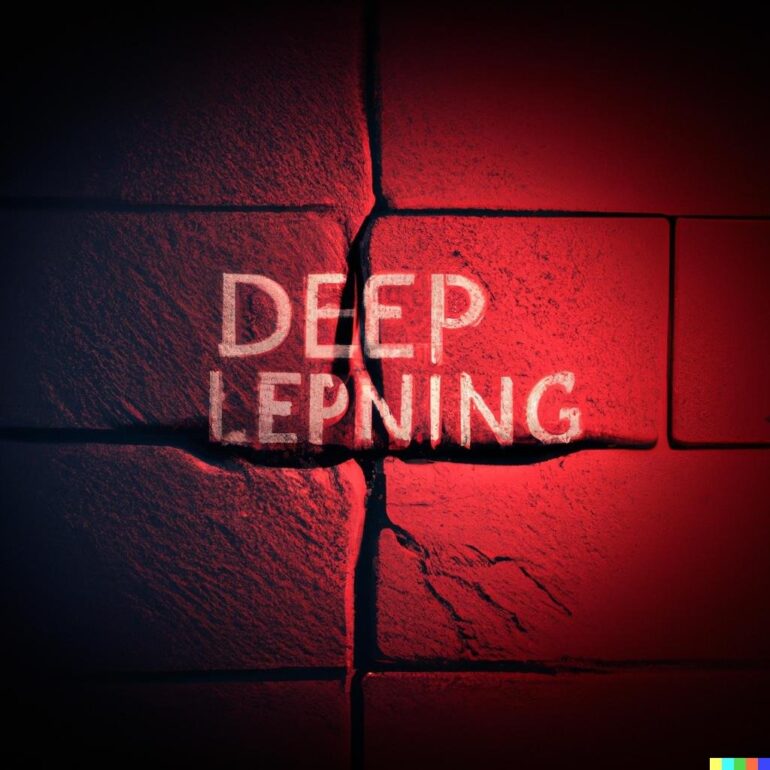
PaLM and DALL-E, these two names dominated AI news this week. The "Pathways Language Model" is the first building block of Google's grand vision of a powerful general-purpose AI. PaLM, according to Google, shows "breakthrough capabilities" in particularly challenging tasks like language understanding.
OpenAI's image AI DALL-E 2 paints and designs detailed graphics in many styles based on a few sentences. "It's important to be honest," writes OpenAI CEO Sam Altman in reflecting on DALL-E 2's potential impact on the job market.
Durk Kingma currently works as an AI researcher at Google AI. Previously, he was employed at OpenAI. He attests to generative AI and these two new models in particular as having "almost magical" capabilities, the implications of which most people (outside the field) don't understand. "It's completely NUTS. [...] This technology will thoroughly transform society," Kingma tweets.
Is Kingma right? Are we on the cusp of a new human-computer paradigm that will fundamentally change our lives?
I think we have long since crossed that line. But anyone waiting for the great AI revolution is waiting in vain. As is so often the case with new technologies - from cars to smartphones - we will only realize the full extent of the great upheavals involving AI in retrospect. The technologization of the world doesn't have an on/off switch - it has a dimmer. Google and OpenAI ramped up the excitement this week.
>> OpenAI: DALL-E 2 Will Revolutionize the Creative Industry
Future of computing now!
?? Playstation VR 2: Why Sony must go all out
?? Meta Quest 2: AR game turns the apartment into a death trap
?? GPT-3: Google wants to treat AI content like spam
?❓ Meta Cambria: This is what the finished VR headset could look like
?? Moss 2 Review: The second part of the masterpiece
?

Chinese researchers and researchers present an automated AI method that allows people to shape bodies in photos according to their preferences. All it takes is three sliders: height, weight, and proportions.
>> AI graphics: The slider to the dream body
